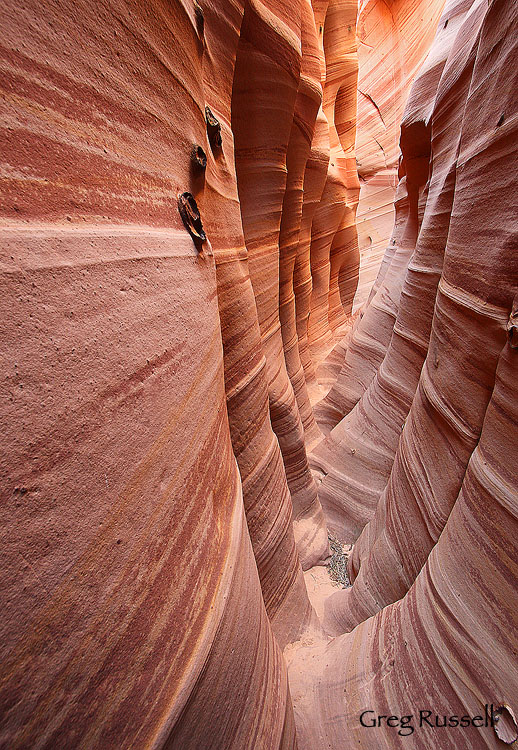Like any artist or hobbyist, photographers spend a lot of time learning skills to make themselves better–they want to make their images better, they want to better define their vision, and, alas, they try to make their websites better too. In the midst of all the things out there to help you improve your photography, a very simple move you can make is to start participating in an online community that includes image critique forums. Both Bret Edge and Justin Reznick have recently blogged on this topic, but I wanted to throw my $0.02 in, with a slightly different twist.
I began participating in photo critique forums over at Photo.net in 2005, not long after I started shooting. At the time my images were pretty bad–by all measures, they simply weren’t that good. While I did receive some constructive feedback, I mostly got images bashed by non-nature photographers. They weren’t trying to be mean, but as I said, the images were pretty bad. However, in 2006, I discovered Naturescapes.net and began participating in earnest. My photographs, well, they still weren’t good, but I quickly became part of a community that helped me learn to improve not only my technique behind the camera, but also my post processing skills as well.
There are many important steps you can take to help improve your photography, and I believe that participating in a forum is one of them. If you decide to participate, you SHOULD expect to put in just as much as you get out of it. In other words, you need to participate, not just post a photo now and then, expecting everyone to fix your problems for you. Also, you SHOULD feel free to ask questions. In my personal experience, the forums I participate in are filled with people way more knowledgeable than I am, and I know I’ve looked like a doofus more than once with my questions. While they may be snickering, people are always very nice in answering questions. You also SHOULD have fun with it. Although we are critiquing others’ photographs, forums are really a celebration of what we love doing: photography. Embrace that.
That said, if you decide to participate in a forum, you SHOULD NOT take it personally if someone says they don’t like one of your photos. Ideally, that person would give you some reason as to why they don’t like it, but if they don’t it shouldn’t matter. Photography–like any art form–is highly subjective, and if someone says s/he doesn’t like it, it shouldn’t stop you from liking your photo. Beauty in photographs goes way beyond the surface, and viewers cannot always detect the special meaning behind a photograph. With that in mind, you SHOULD give critiques as you would want to receive them. Not only will receiving critiques make you a better photographer, critiquing others’ photos will help that as well. In that sense, participating in a forum will help crystallize your own photographic vision. Finally, you SHOULD NOT be intimidated or threatened by other peoples’ outstanding images (yes, I know of people who feel very threatened…that for every good image someone else makes, they lose business….hogwash). I feel honored to be able to share my work with these fantastic photographers; their work continues to inspire, motivate and humble me. That’s the way it should be: photographers should encourage and inspire one another…not compete.
So what does the title of this post have to do with all this? I write the above because I know what a valuable resource photography forums are, and I’ve just had (yet another) experience that proves it to me. Last November, I made a quick run out to Joshua Tree National Park, with the intention of photographing Arch Rock. That night, I took a star trail image, with the arch as the main subject, but I could never get it to work for me…something about the processing just looked “off”. Last weekend, I saw a similar image of another arch, and thought, “Hey, I’ve got a shot very similar to that…maybe I can get it to work for me!”
When I got home, I pulled up the RAW file and processed it. I wanted the arch to have a very warm feel, as I’d painted it with my headlamp, and I wanted it to stand out against the sky. What I ended up with was a cool effect, but not what I remember seeing. I posted it to Naturescapes.net and, while everyone agreed it looks cool, it just seemed a little too bizarre.
Even with city lights nearby, I do not remember the sky looking that golden…er…pumpkin…that night. While it occurred to me to use some layer masking, Alister Benn made some invaluable comments in guiding me on re-editing this image. Alister is a master of night photography, and with his comments in hand, I re-edited the image, really making it pop.
What I didn’t do is make a bombastic, unrealistic image from a RAW file. I used valuable comments from a critique and discussion forum to process an image so that I had a realistic representation of the scene. Many thanks to Alister, and to all my online friends for making for making this a great community of photographers!

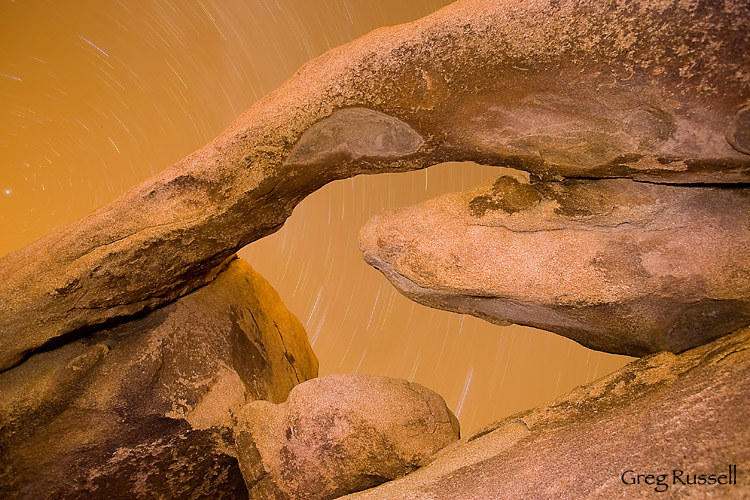
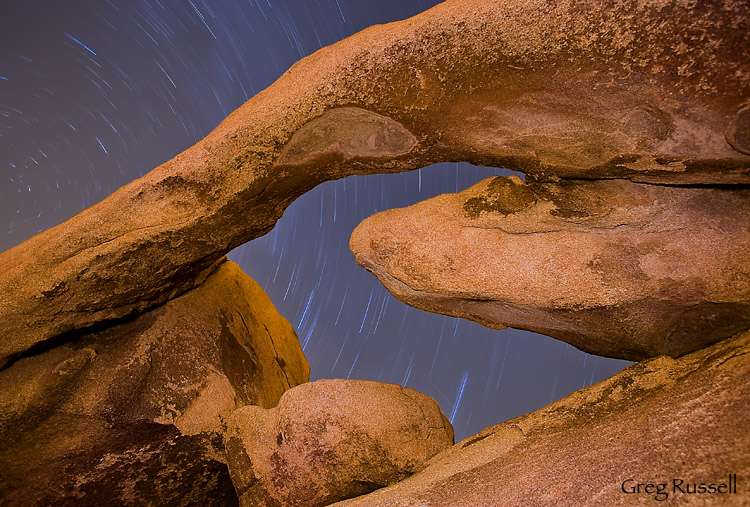
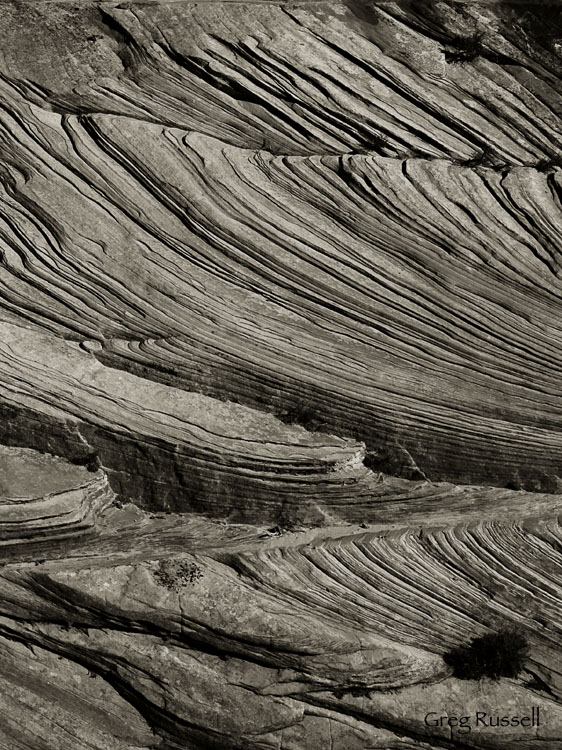
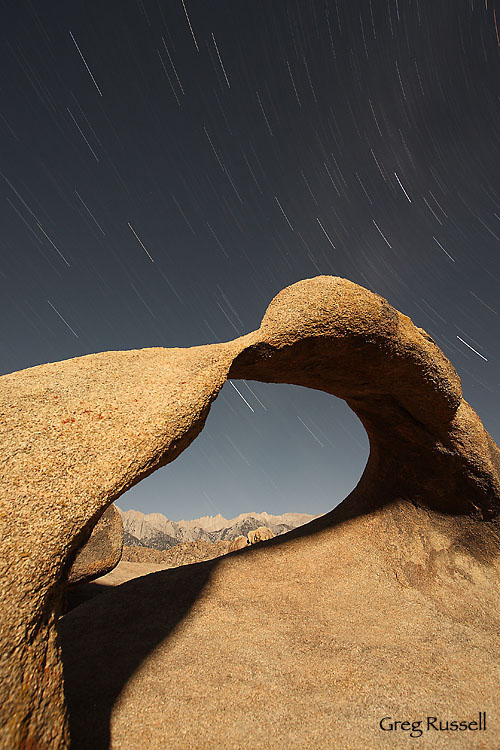
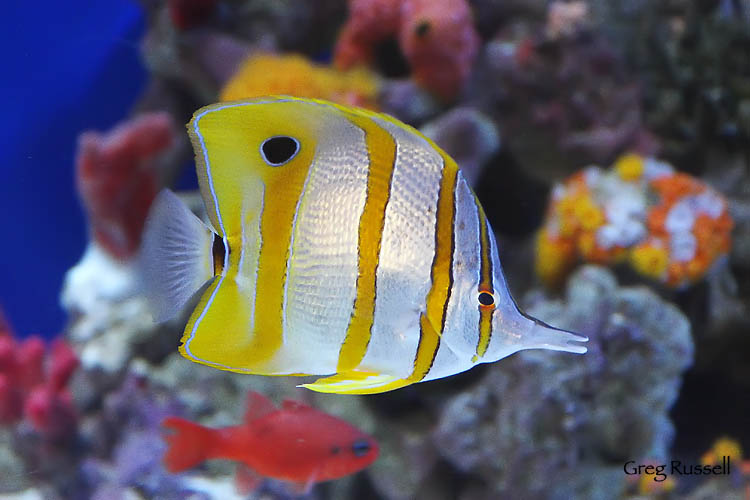 Copperband Butterflyfish, Aquarium of the Pacific, Long Beach, CA, October 2009
Copperband Butterflyfish, Aquarium of the Pacific, Long Beach, CA, October 2009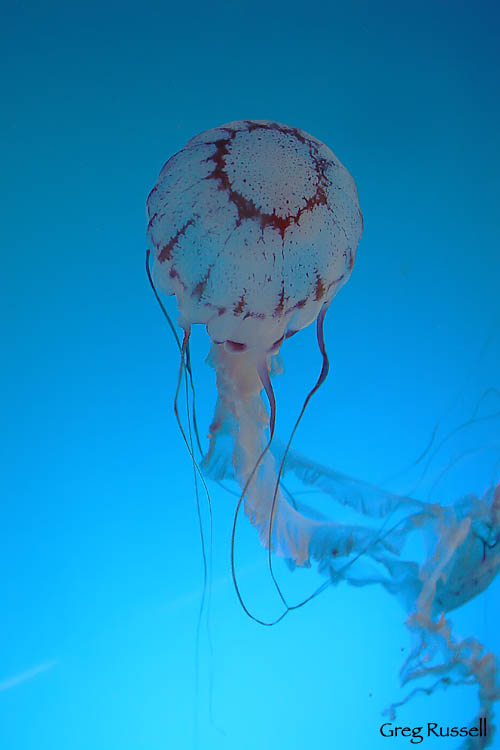 Sea Jelly, Aquarium of the Pacific, Long Beach, CA, October 2009
Sea Jelly, Aquarium of the Pacific, Long Beach, CA, October 2009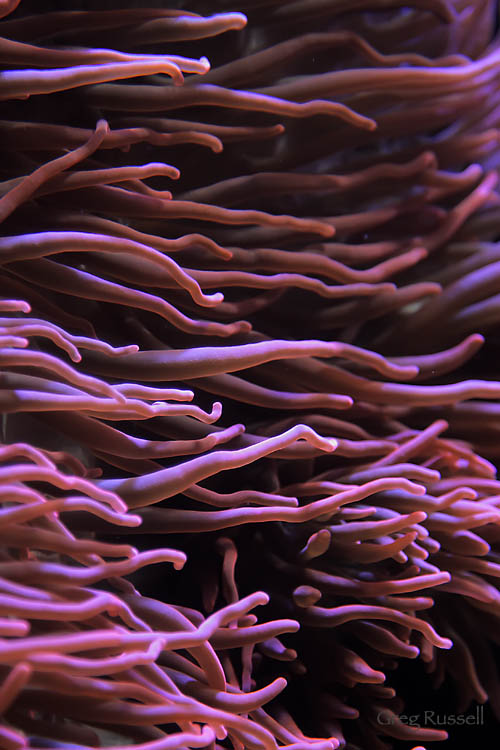 Sea anenome abstract, Aquarium of the Pacific, Long Beach, CA, October 2009
Sea anenome abstract, Aquarium of the Pacific, Long Beach, CA, October 2009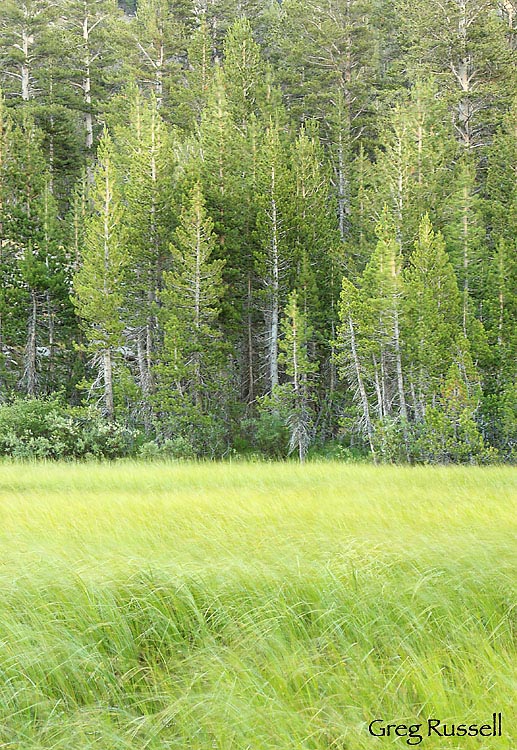


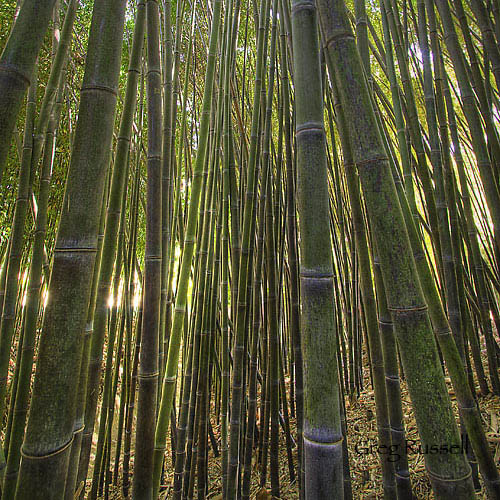
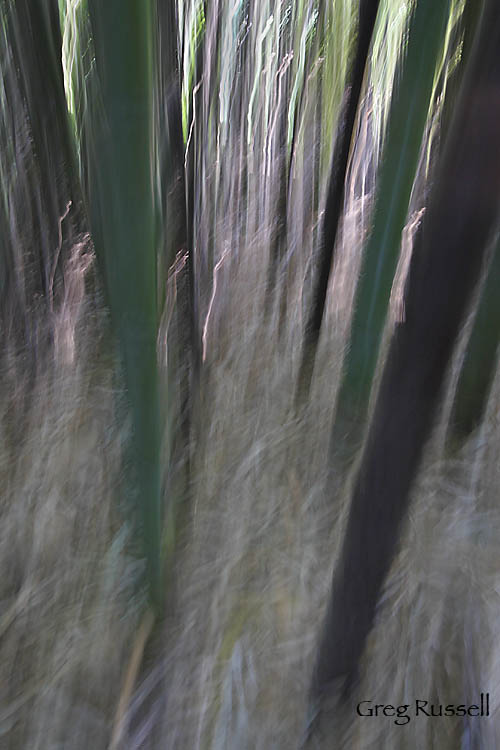
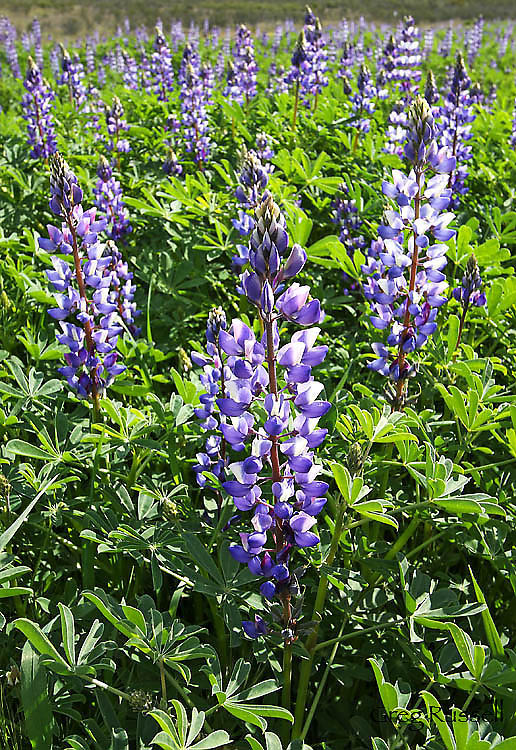
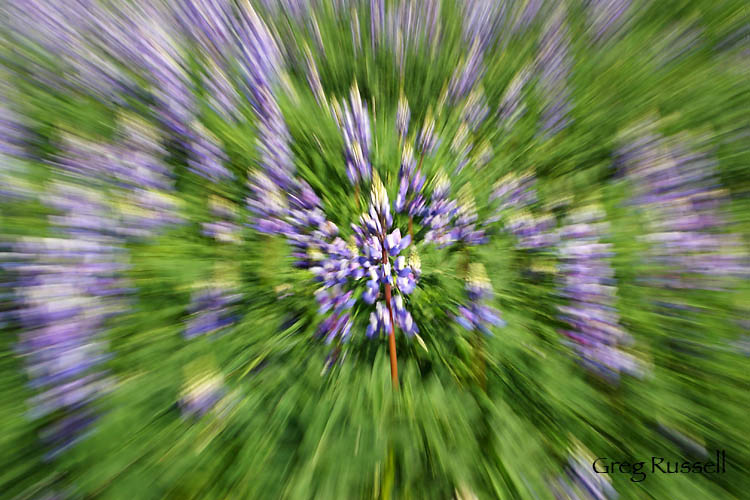
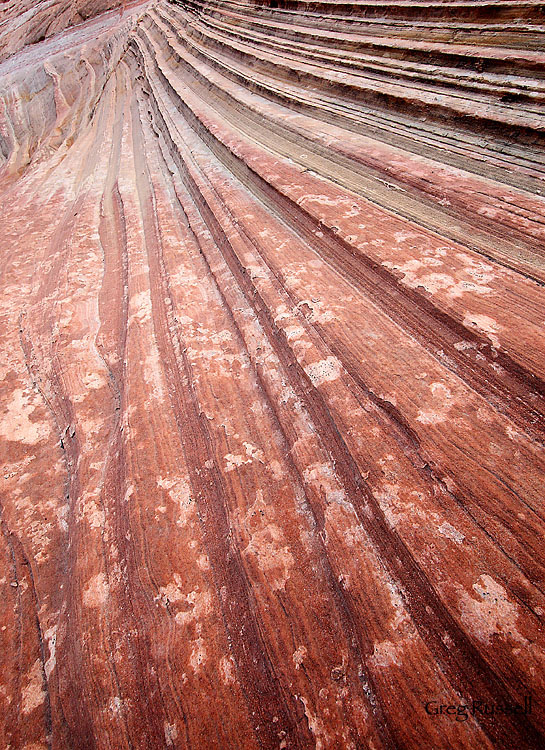
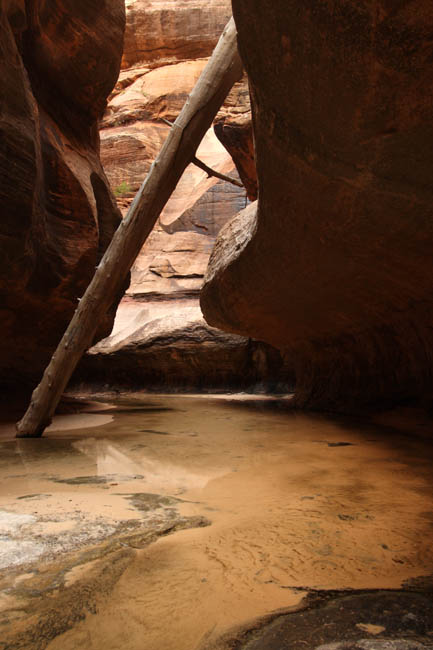

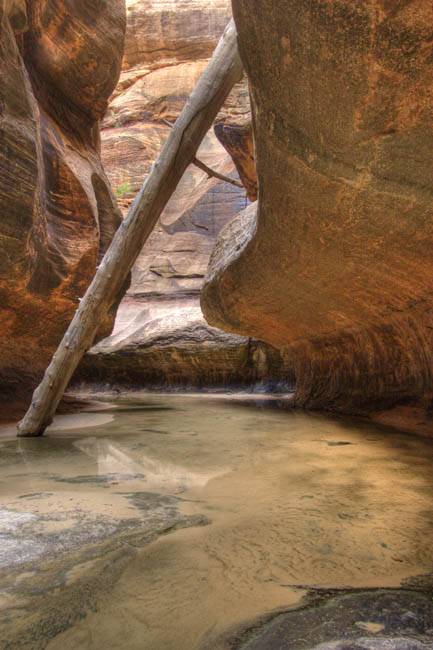
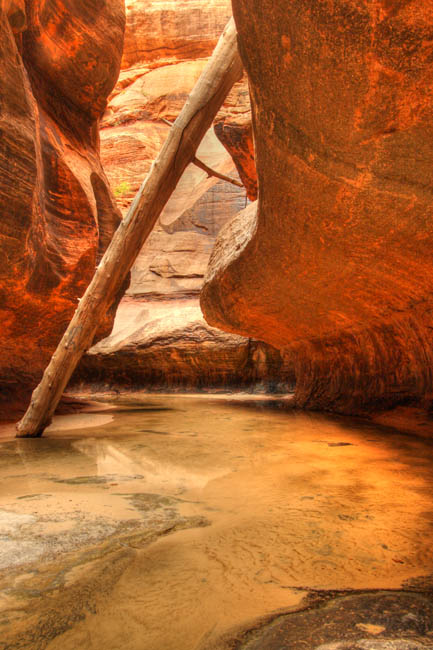


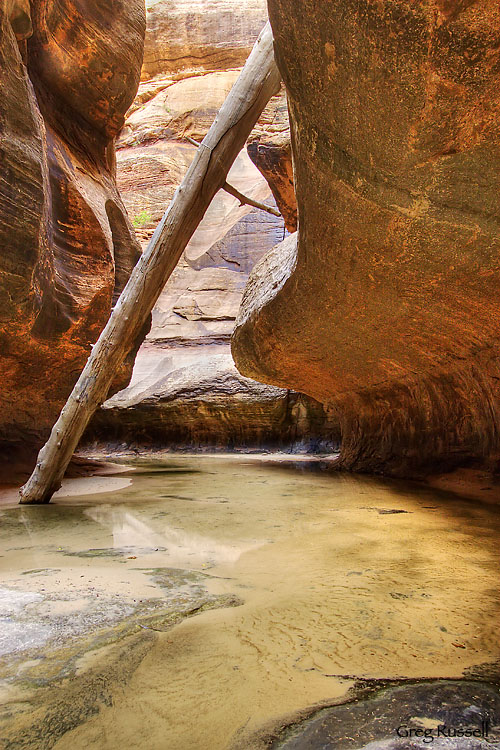

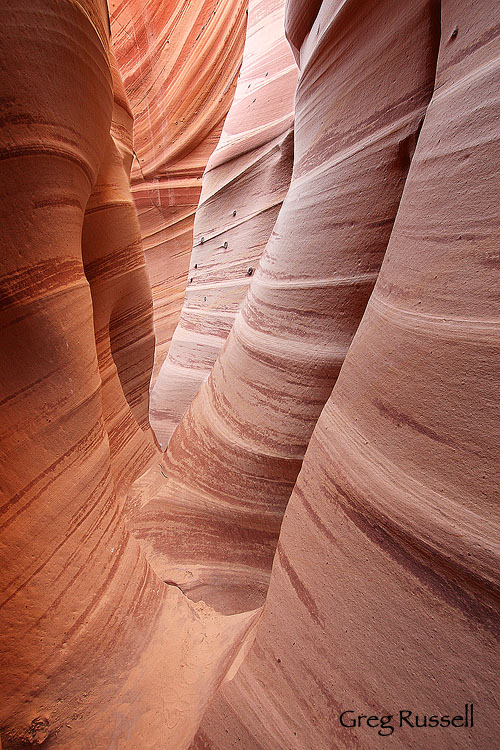
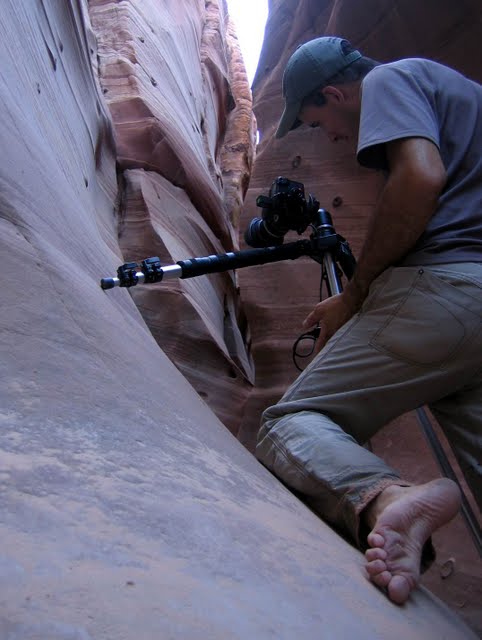 Greg photographing in Zebra Canyon, August 2009 (photo by Brent Deschamp)
Greg photographing in Zebra Canyon, August 2009 (photo by Brent Deschamp)